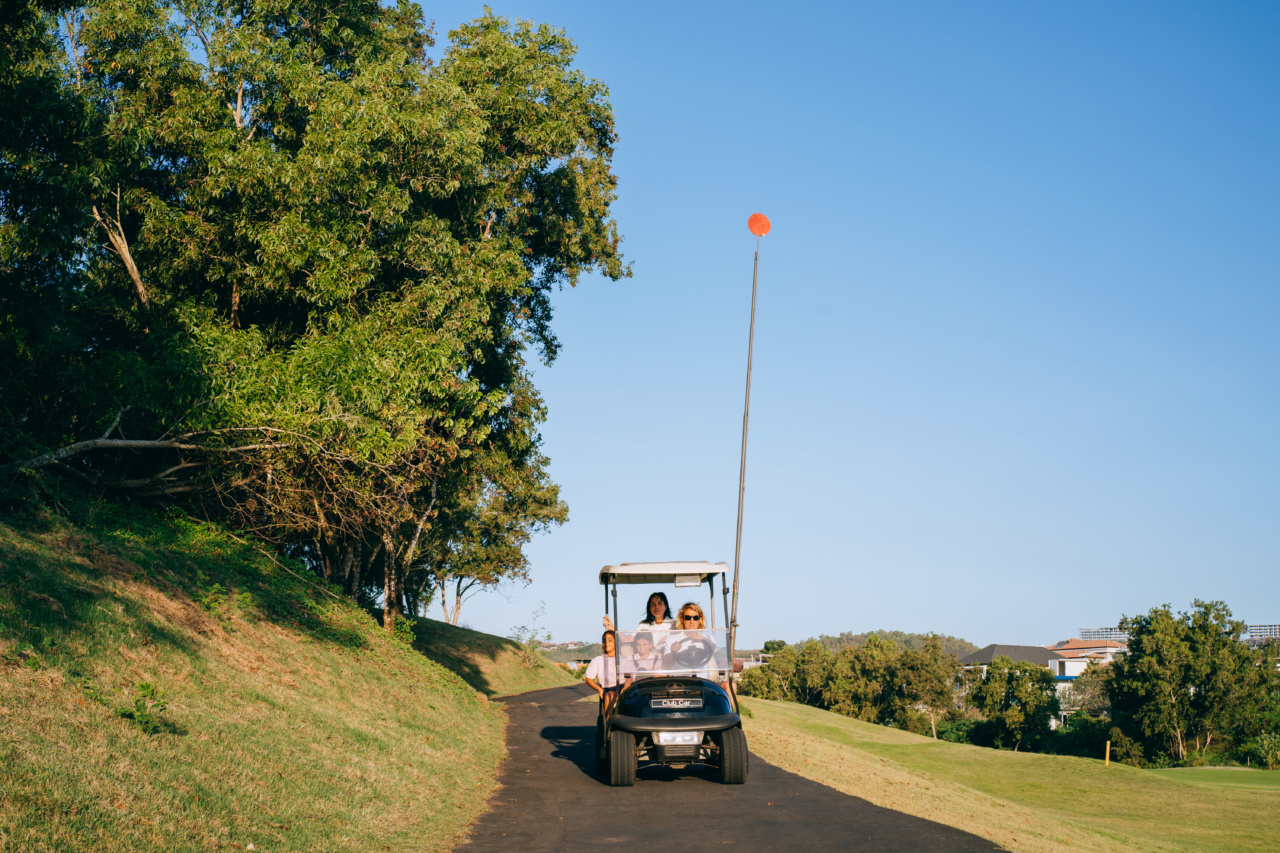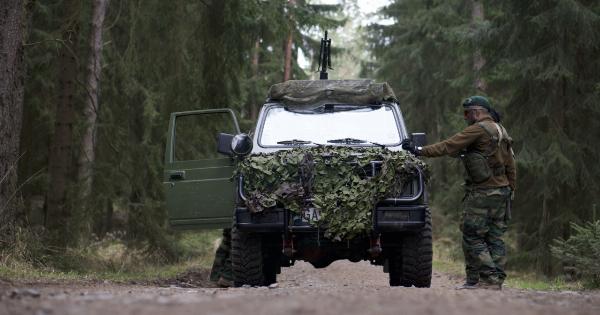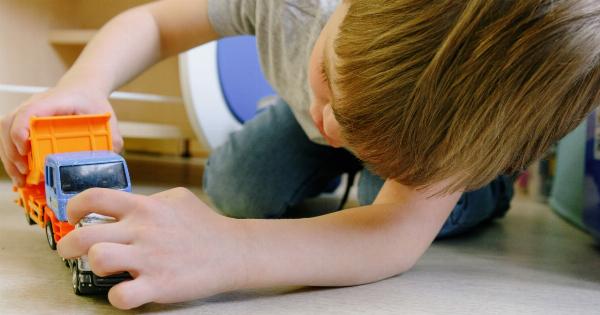As parents, it is our responsibility to ensure the safety and well-being of our children at all times.
While we often go to great lengths to childproof our homes and teach our children about personal safety, we may sometimes overlook the potential risks they face while on the road. Our driving habits can directly impact the safety of our children, and it is crucial for us to be aware of the common driving behaviors that put them at risk.
In this article, we will discuss some of these habits and provide parents with the knowledge they need to keep their children safe on the road.
Distracted Driving
Distracted driving is one of the most significant dangers on the road today. It involves any activity that diverts the driver’s attention from the task of driving, including using a mobile phone, eating, or talking to passengers.
Not only does distracted driving put the driver at risk, but it also endangers the lives of everyone in the vehicle, especially children. Parents must set a good example by never engaging in distracted driving and educate their children about the risks it poses.
Speeding
Speeding is another habit that puts children at risk. When we exceed the speed limit, our ability to react to sudden situations is compromised, making accidents more likely.
Additionally, higher speeds increase the severity of crashes, significantly raising the chance of serious injuries or fatalities. Parents should always adhere to speed limits, avoid tailgating, and teach their children about the importance of obeying speed limits for everyone’s safety.
Failure to Use Child Restraints
Properly restraining children in vehicles is not just good practice; it is the law in many jurisdictions. Unfortunately, many parents ignore or fail to understand the necessity of child restraints.
Failing to use appropriate car seats, booster seats, or seat belts can result in severe injuries or even death during an accident. Parents must carefully follow the recommendations for child restraints based on their child’s age, weight, and height and ensure they are always properly secured before starting the vehicle.
Driving Under the Influence
Driving under the influence of alcohol or drugs is a danger not only to the impaired driver but also to all other road users, including children.
Impaired driving significantly affects judgment, coordination, and reaction time, making accidents much more likely to occur. Parents should always designate a sober driver if they plan to consume alcohol or use alternative transportation options to avoid driving under the influence.
It is essential to educate children about the dangers of impaired driving and the importance of never getting into a vehicle with someone who may be impaired.
Aggressive Driving
Aggressive driving behavior, such as tailgating, excessive speeding, or erratic lane changes, can be extremely dangerous, especially when children are present in the vehicle or nearby.
Aggressive driving not only increases the risk of accidents but also sets a poor example for children who are observing and internalizing our behavior on the road. Parents must model calm and patient driving habits and teach their children about the importance of respecting all road users.
Failure to Check Blind Spots
Blind spots are areas around a vehicle where the driver’s visibility is obstructed, and other vehicles may disappear from view.
Failing to check blind spots before changing lanes or making turns can be hazardous, as it increases the risk of collisions with other vehicles. When children are in the car, drivers must be extra cautious and always double-check their blind spots to ensure no other vehicles, pedestrians, or cyclists are in their path.
Not Using Turn Signals
Using turn signals is a fundamental driving habit that often gets overlooked. Signaling one’s intentions allows other drivers to anticipate and react accordingly, preventing accidents.
When parents neglect to use turn signals while driving with their children, they send the message that this essential safety practice is unnecessary. By consistently using turn signals, parents can instill this safe habit in their children and reinforce the importance of clear communication on the road.
Tailgating
Tailgating refers to driving too closely behind the vehicle in front, leaving insufficient time to react if the leading vehicle stops suddenly.
This driving habit is particularly dangerous when children are in the car since the risk of rear-end collisions and severe injuries is significantly heightened. Parents should maintain a safe distance from the vehicle ahead and teach their children about the importance of not tailgating to ensure their safety on the road.
Ignoring Traffic Laws
Traffic laws exist for a reason – to ensure the safety of all road users. Ignoring or disregarding traffic laws, such as running red lights, failing to yield, or illegal U-turns, puts both the driver and their passengers, including children, at risk.
Parents must lead by example and always follow traffic laws. By teaching their children about traffic regulations and expected driving behaviors, parents can help form a responsible attitude toward driving from a young age.
Fatigue and Drowsy Driving
Fatigue and drowsy driving can impair a driver’s ability to focus, react, and make rational decisions on the road. When parents drive tired, they not only endanger themselves but also place their children at risk.
It is crucial for parents to ensure they are well-rested before getting behind the wheel, especially when their children accompany them. Alternating drivers during long trips and recognizing the signs of drowsiness can help prevent accidents due to fatigue.
Conclusion
As parents, it is paramount that we prioritize the safety of our children on the road. By being aware of and avoiding driving habits that put them at risk, we can significantly reduce the chances of accidents and injuries.
It is our responsibility to lead by example, educate our children about safe driving practices, and instill in them a respect for the rules of the road. Together, we can create a safer environment for our children to thrive and grow.






























